I loved the Kia Stonic. It represented what Kia has been known for – great econoboxes – and practically a higher riding version for the Picanto at the forefront of its expansive lineup.
The Sonet, a small crossover built on the same platform as the Hyundai Venue, aims to carry forward this legacy while competing with other popular models like the Toyota Raize.
Here’s why I believe the Sonet is the perfect replacement for the Stonic and why it stands out in the crowded small crossover segment.
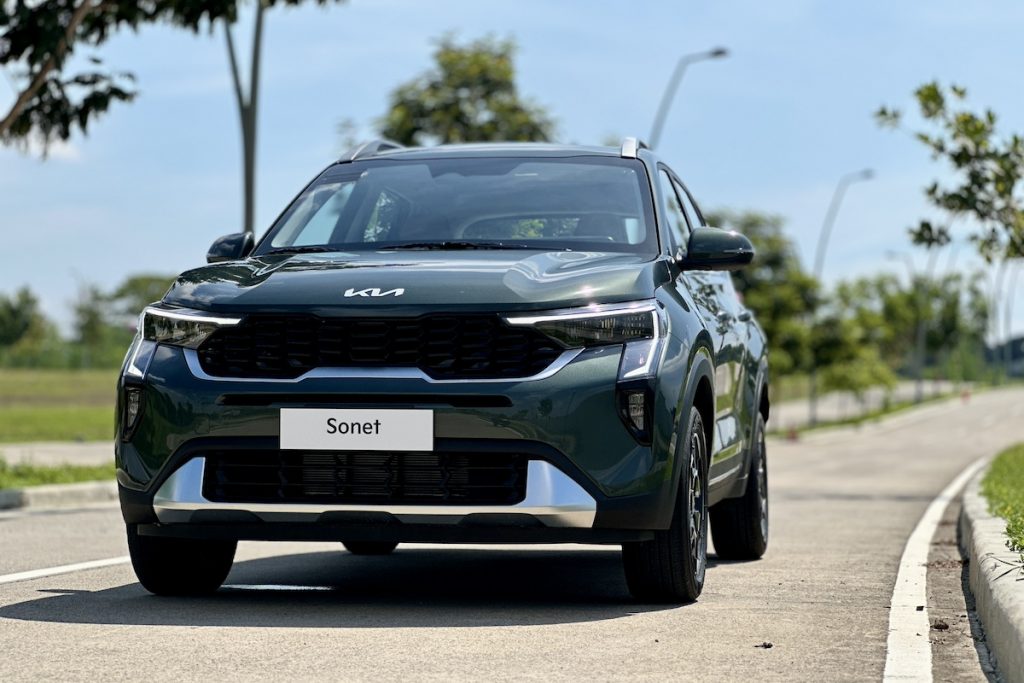
The Kia Sonet’s exterior design is a blend of athleticism and modernity. Its stance is robust, giving it a sporty appearance that is further accentuated by the distinctive LED lighting. The LED lights, automatic across all trims, add a unique touch to the front, maintaining the iconic tiger-nose grille that identifies it as a Kia. The 16-inch wheels on the top-spec SX model are stylish, complementing the vehicle’s overall look.
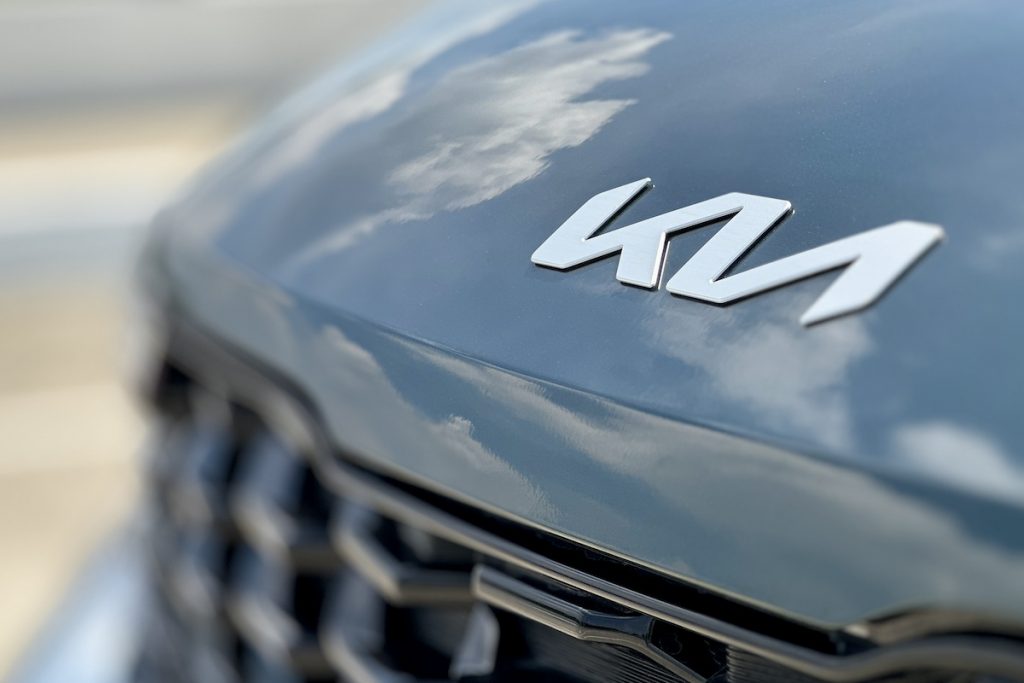
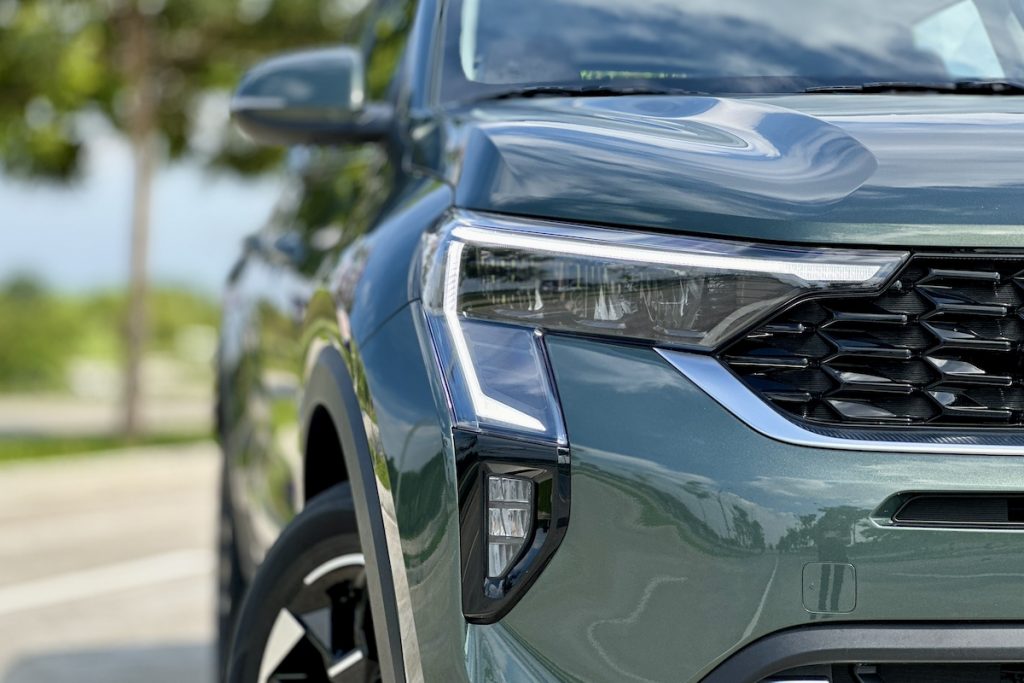
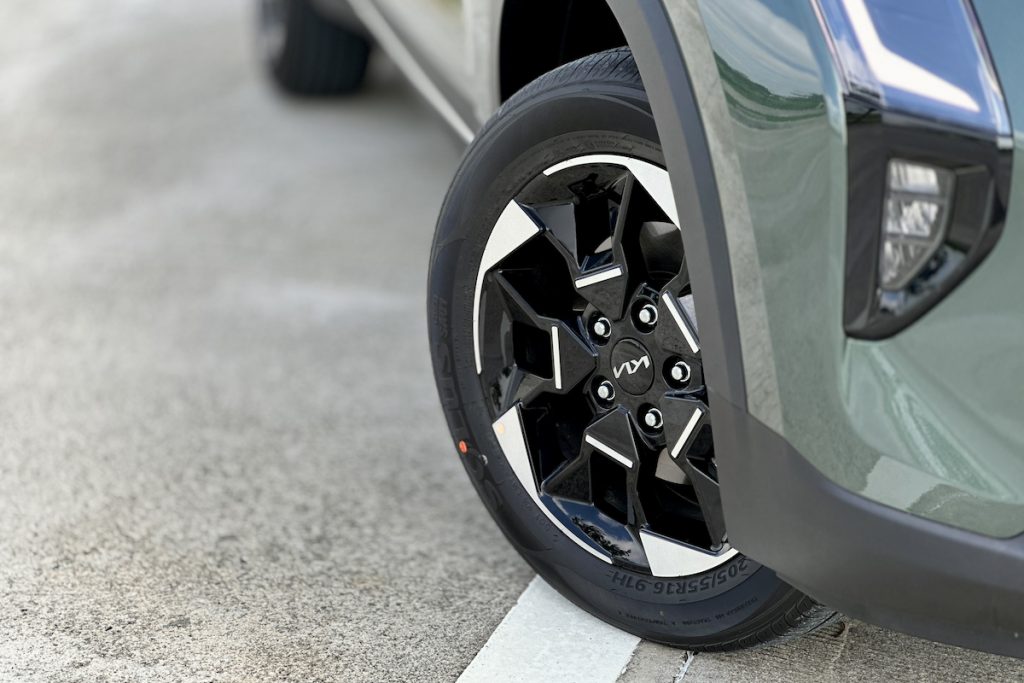
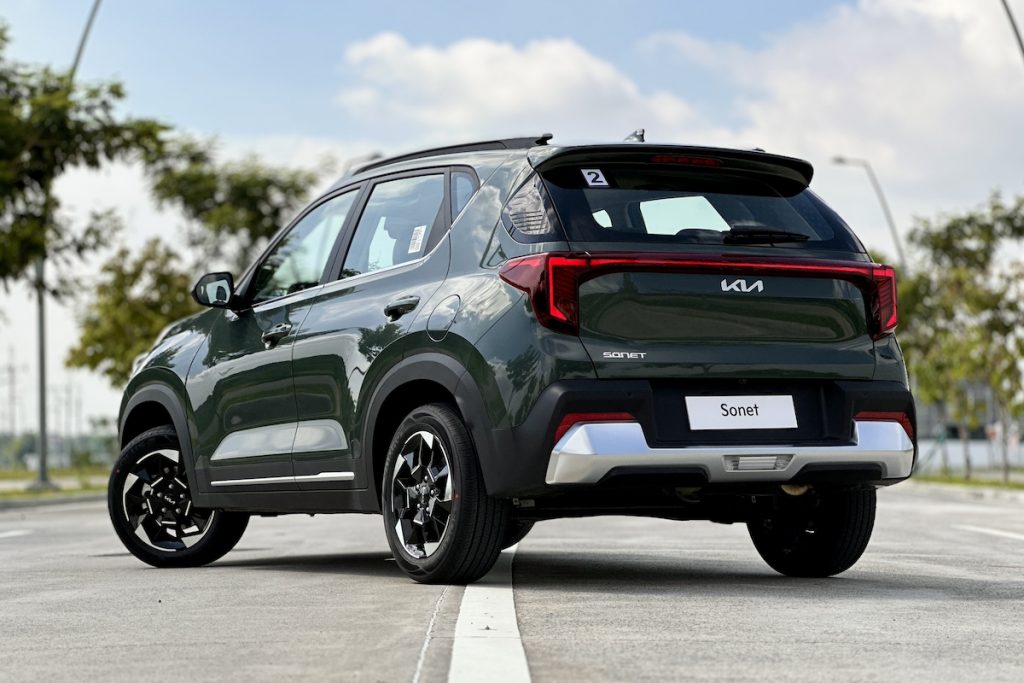
The rear end of the Sonet resembles a mini version of the larger Seltos, which is a good thing as the Seltos has a visually appealing rear design. The inclusion of a rear spoiler with an LED stop lamp adds a sporty flair to the vehicle. The SX-exclusive Pewter Olive paint is a standout hue, offering a sophisticated look that is both eye-catching and elegant.
Compared to the Toyota Raize, the Sonet is slightly larger in most dimensions, which could translate to better road presence and interior space.
Inside, the Kia Sonet has a relatively spacious cabin. While it’s difficult to compare directly with the Toyota Raize without a side-by-side comparison, the Sonet comfortably accommodates four average-sized adults. Five occupants might find it a bit cramped, but this is typical for vehicles in this class. The top-spec SX trim offers leather seats in a premium tan color, while the other trims feature durable cloth seats.
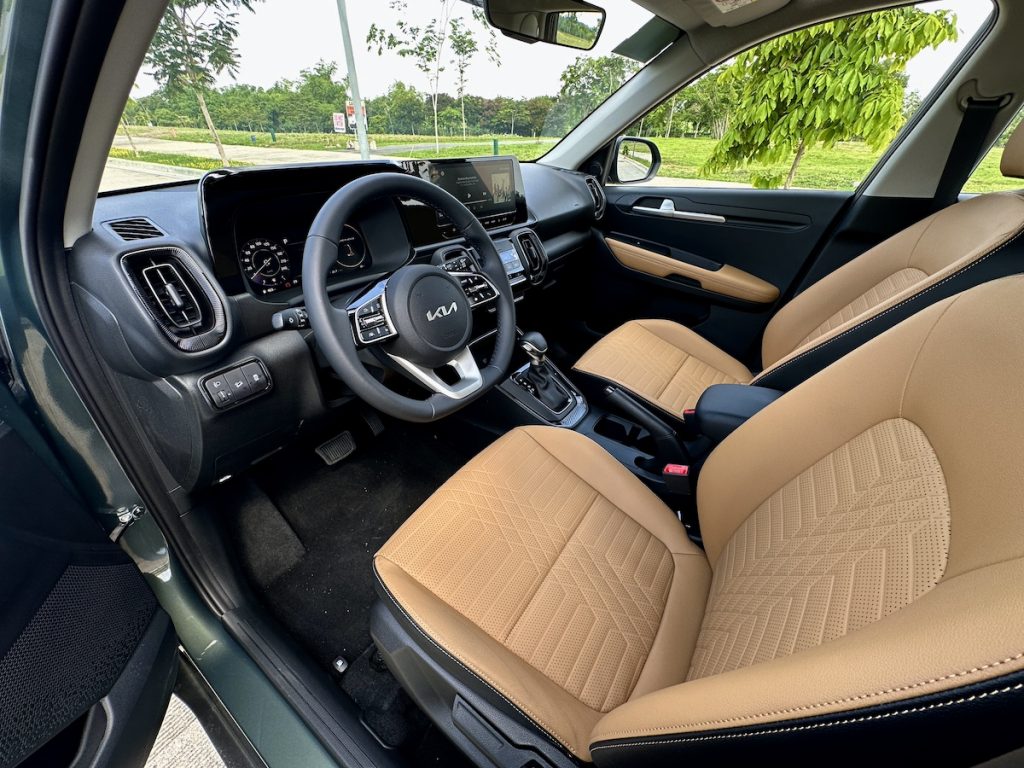
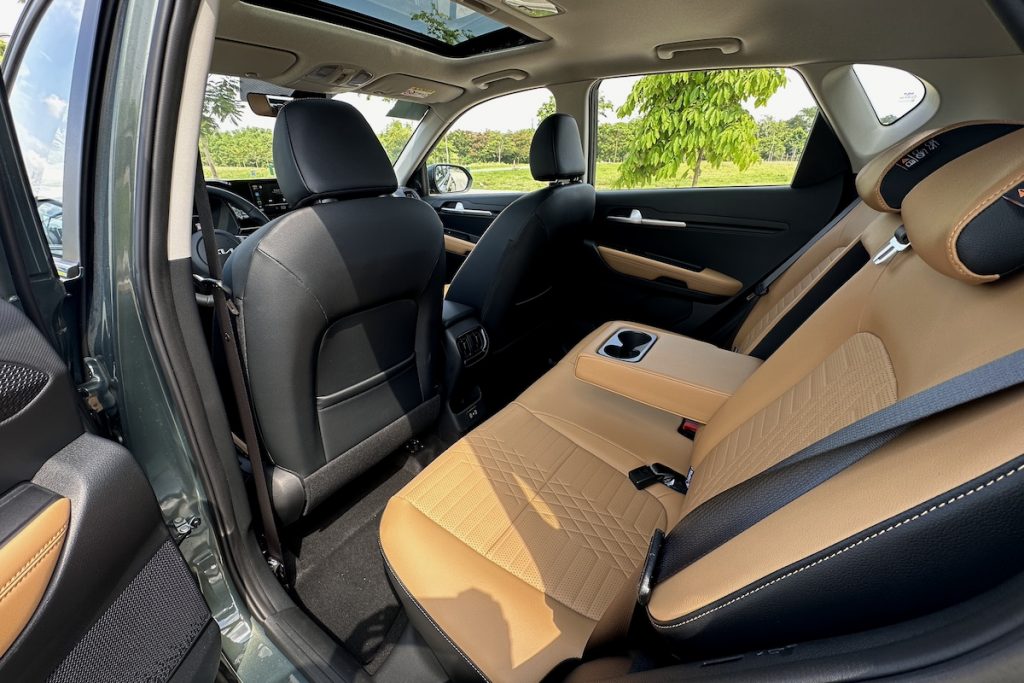
A notable addition in the SX trim is the sunroof, a feature that adds to the premium feel of the vehicle at this price point. The driver’s seat is equipped with a TFT LCD display that provides all essential driving information clearly and effectively. The 3-spoke leather steering wheel, complete with control buttons, feels upmarket and comfortable to hold.
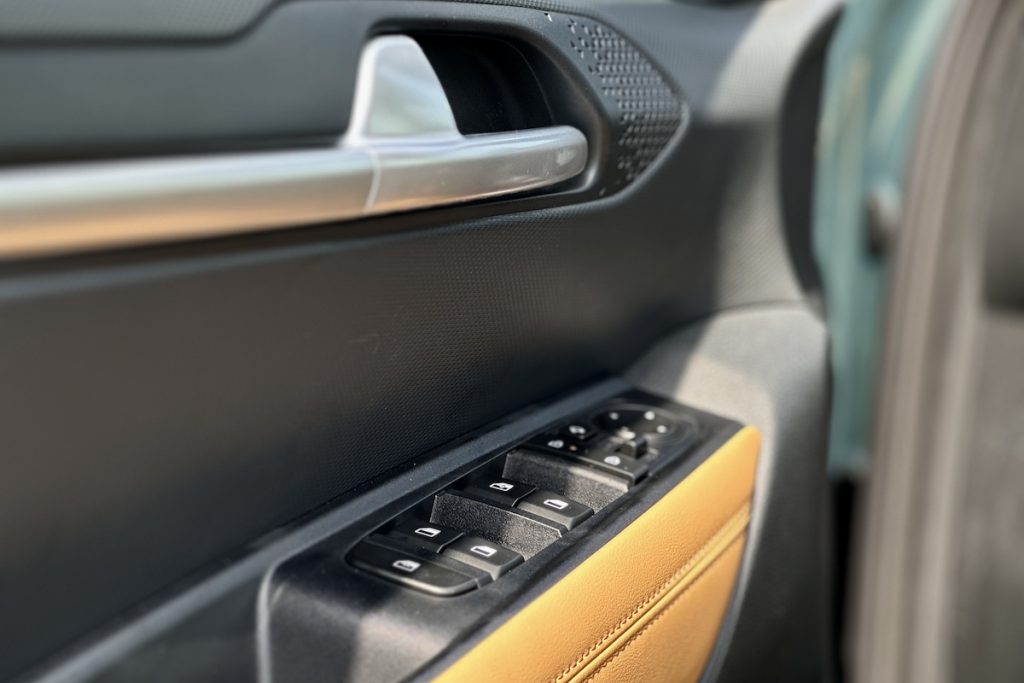
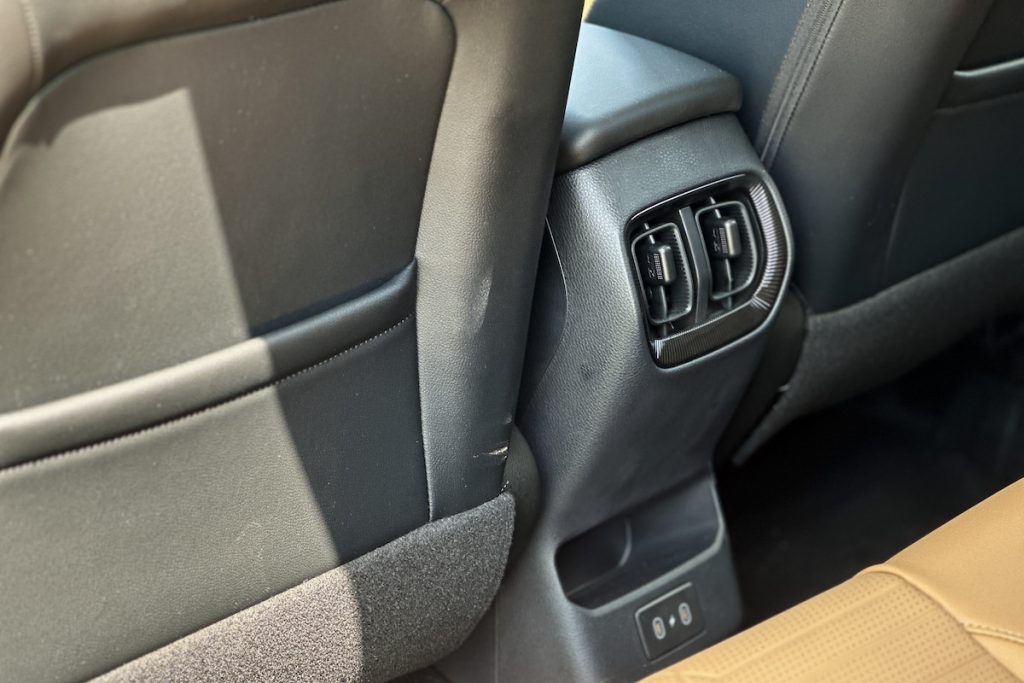
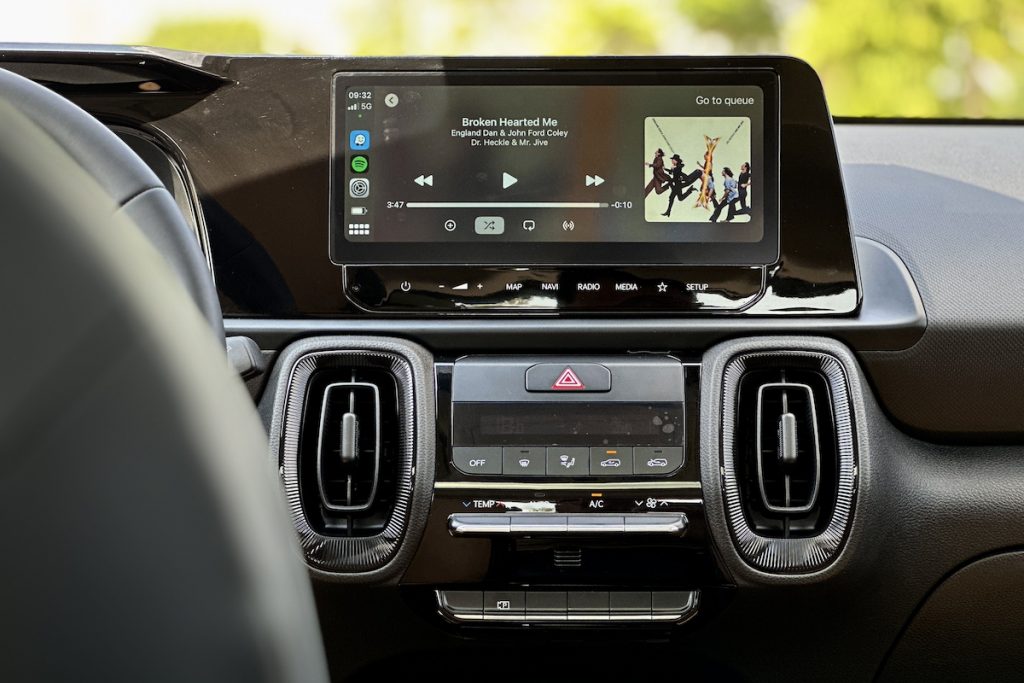
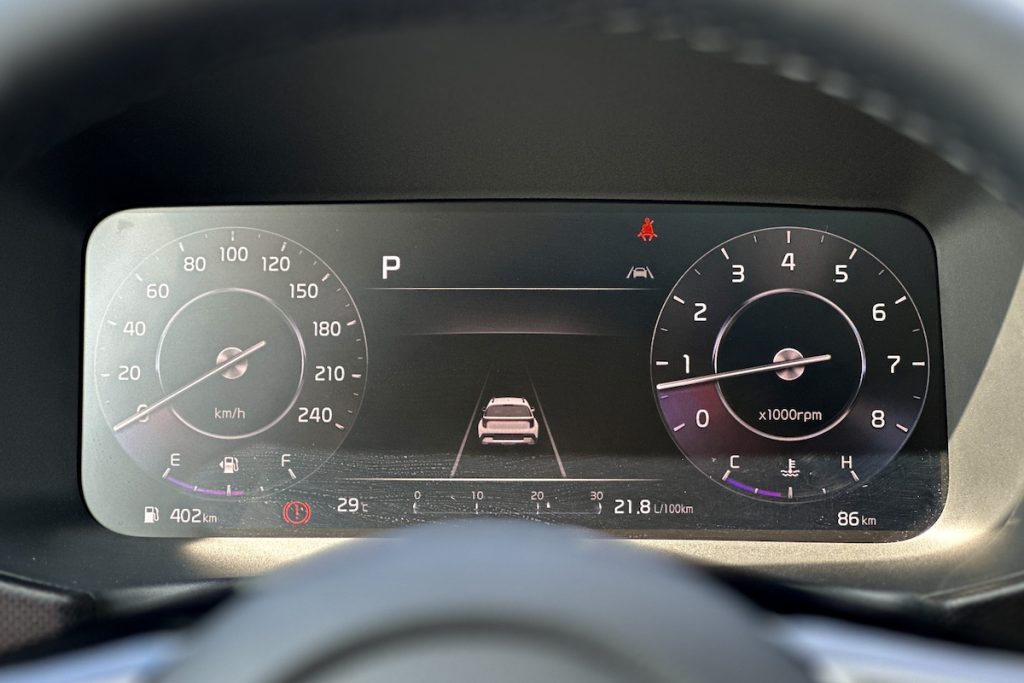
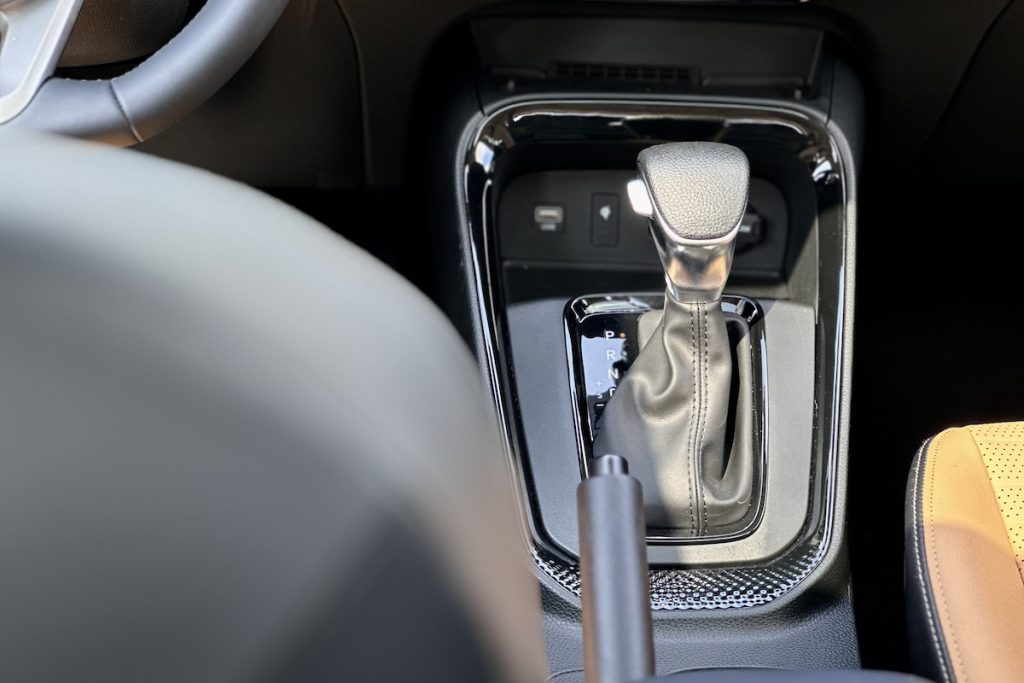
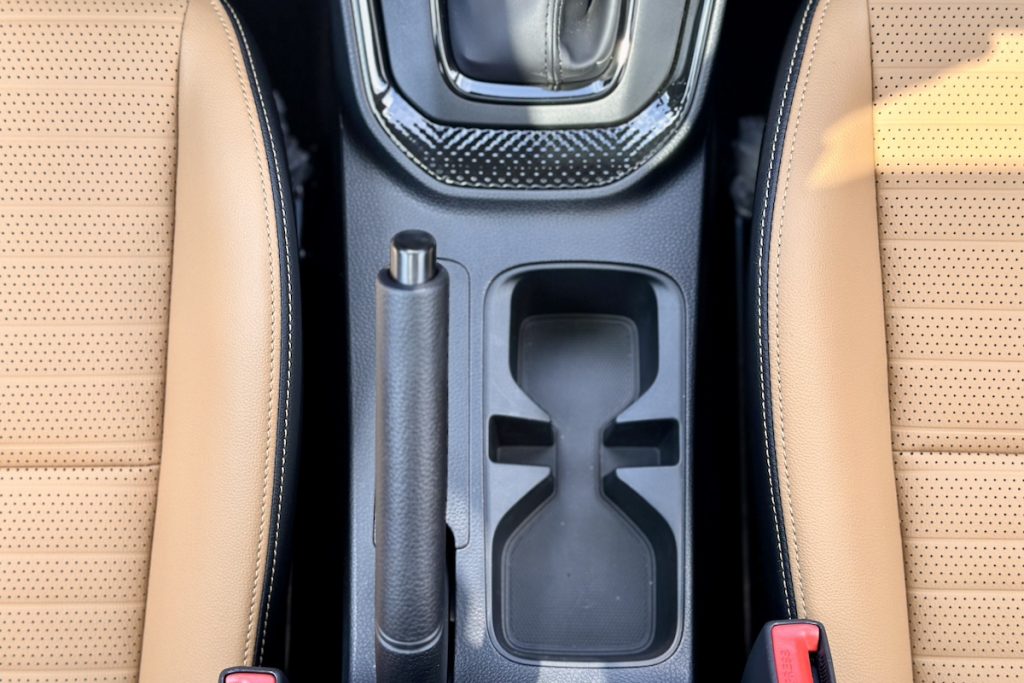
The push-start ignition and remote ignition features are unexpected but welcome additions in this price segment, enhancing convenience. Rear A/C vents are included, ensuring that rear passengers stay comfortable. The 10.25-inch touchscreen display in the SX trim offers a European feel with its interface, and the wireless Apple CarPlay connectivity paired with wireless charging is a significant plus.
However, these premium features are exclusive to the SX trim, along with advanced driver-assist technologies like lane-keeping assist, lane-following assist, forward collision avoidance assist, downhill brake control, high-beam assist, and driver attention warning. These features are not available in the Toyota Raize, giving the Sonet an edge in safety and tech offerings.
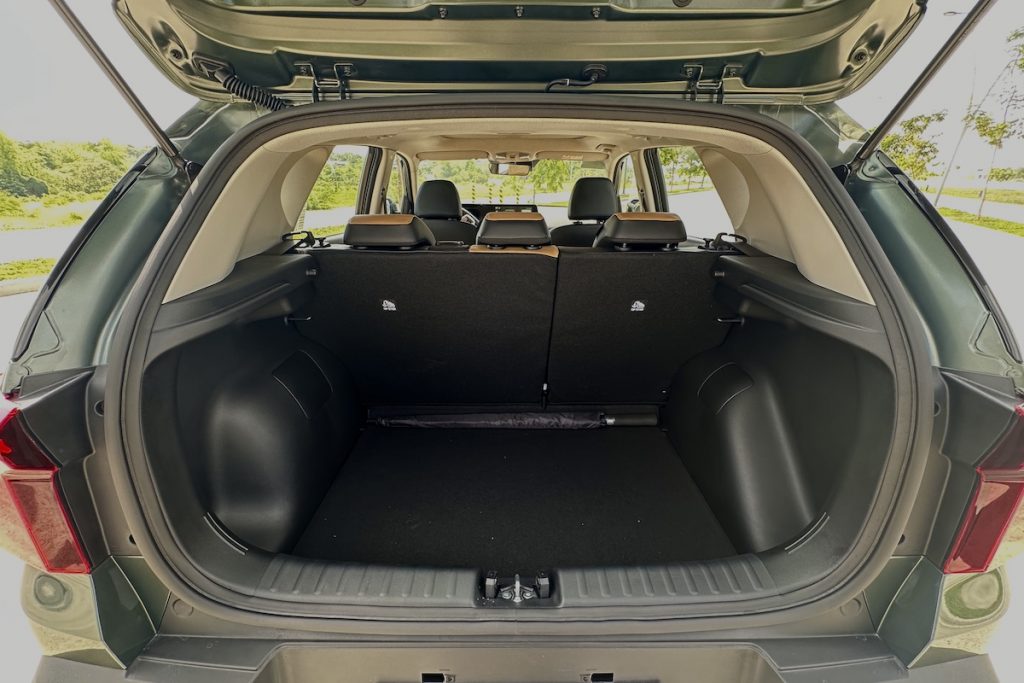
Cruise control is standard on all but the base LX MT trim, enhancing long-distance driving comfort. Standard safety features across the range include ABS, dual front airbags, a rear parking camera, rear sensors, an immobilizer, and 3-point seatbelts for all occupants. The SX trim also benefits from electronic stability control and hill-start assist, making it a well-rounded option for safety-conscious buyers.
Under the hood, the Kia Sonet houses a 1.5-liter inline-four gasoline engine that delivers 115 horsepower and 144 Nm of torque. This engine is paired with an Intelligent Variable Transmission (IVT), Hyundai Motor Group’s version of a CVT, which provides a smooth and efficient driving experience. The engine feels peppy and responsive, which make for a enjoyable drive.

The steering, although light, provides good feedback, enhancing driver confidence. The 205mm ground clearance not only offers a higher driving position compared to the Stonic but also contributes to a commanding view of the road ahead. Despite this increased height, the Sonet maintains the agile and responsive driving feel that made the Stonic a favorite, which is commendable.
One of the standout features is the inclusion of disc brakes on all four wheels, which enhances braking performance and safety.
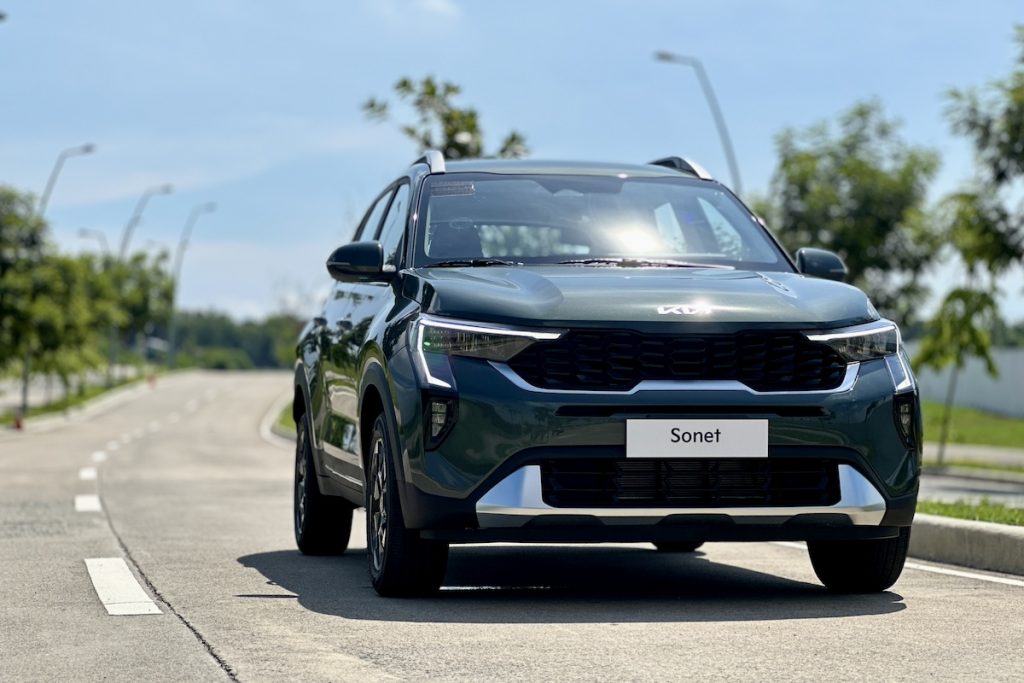
With an indicative pricing range starting at P770,000 for the base LX MT and going up to P1,100,000 for the fully loaded SX, the Kia Sonet offers excellent value for money. It’s a compelling choice in the small crossover segment, combining stylish design, advanced technology, and robust performance. The driving experience is enjoyable, and the extensive list of features, especially in the SX trim, sets it apart from competitors like the Toyota Raize.
My initial impressions of the Kia Sonet are overwhelmingly positive. It’s a well-thought-out vehicle that effectively replaces the Stonic while offering more in terms of style, space, and technology. I look forward to spending more time with the Sonet for a comprehensive review, but based on this initial test drive, it’s clear that Kia has a winner on its hands.

